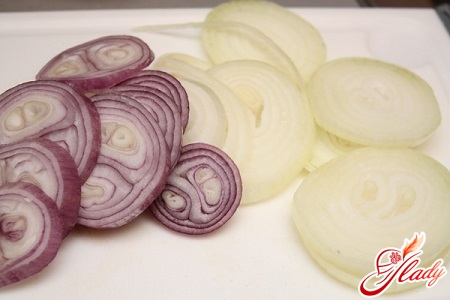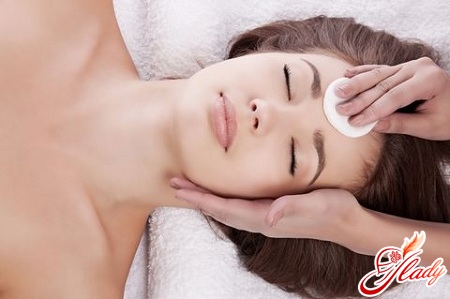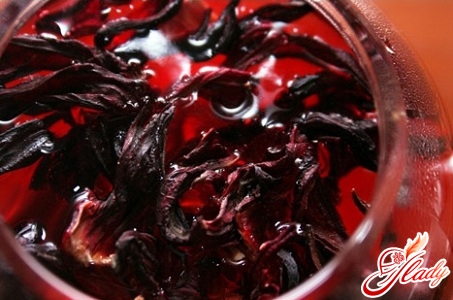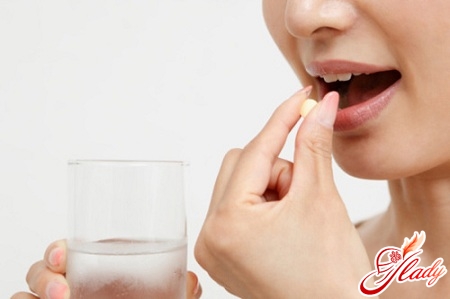
With the onset of frost, some people's skinafter going outside, the face becomes covered with a rash, spots, peels, sometimes with itching, blisters may appear. In the warmth, these troubles pass, but reappear the next time you go out into the cold. This phenomenon is called cold allergy. This name is not entirely correct, since the mechanisms of development of this trouble differ from a normal allergic reaction. Therefore, cold allergy belongs to the group of pseudo-allergies, since it does not have an allergen as such. Instead, it is a physical factor, namely cold, which causes such an unaesthetic and unpleasant reaction of the body. Often, a frosty wind is an aggravating factor.
What are the reasons for the appearance of a negative reaction?
The nature of the body's sharp reaction to exposurecold is still not fully understood, and medicine does not have generally accepted criteria for making such a diagnosis. There is an opinion that tissues are locally cooled under the influence of cold air, and damage to cell membranes occurs. As a result, there is an accumulation of specific proteins - cryoglobulins, which trigger an allergic reaction, manifested by reddening of the skin, its dryness, tingling and itching. If you stay in the cold for a long time, swelling and blisters may appear, and in the worst case - swelling of the nasopharynx (Quincke's edema). But in a warm place, a person's condition improves dramatically, although with a sharp change in temperature (from low to high) there is an active evaporation of moisture from the surface of the skin. As a result, the skin of the face (and hands, if you did not protect them with gloves or mittens) becomes more sensitive and dry, begins to peel, cracks appear on it. As a result, we get a hopeless situation: the skin suffers in the cold, and it does not feel so good in the warmth. It is believed that cold allergy can be caused by chronic foci of diseases (tonsillitis, caries), taking certain medications (for example, antibiotics), but a genetic predisposition to such a reaction to the cold is not excluded. Note that not only the face can suffer from cold allergy, but also other parts of the body not covered by clothing (hands, wrists, neck, etc.).
Who is most susceptible to cold allergy?
Like absolutely all diseases, cold allergyhas its own "risk group" that most often suffers from this disease. Most susceptible to a bad reaction to cold: Women. Yes, the weaker sex is really weaker here compared to men. The fact is that women have thinner skin than men, and therefore, is more susceptible to the unpleasant influence of physical factors. People with dry skin. This applies to both men and women. People with this type of skin have reduced sebum production by the sebaceous glands, which is a natural barrier against frost.
What symptoms will help to recognize the ailment?
Conventionally, cold allergy can be divided, depending on the degree of manifestation, into two forms:
- Cold dermatitis involves flaking, redness and itching of the skin.
- Cold urticaria is a more severe form of allergic reaction that causes itchy welts similar to those left by a nettle sting.
Even with a slight decrease in temperatureAllergy symptoms may appear on the skin. They disappear after a few hours. It is a paradox, but even a completely healthy person who has never suffered from allergies may develop urticaria. This disease may in some cases appear at positive temperatures, but in the presence of strong wind and high humidity. The saddest thing is that if the causative factor (unfavorable climate conditions) persists, the disease may develop.
We carry out the cold test
To check if you are prone to coldallergies or not, you can do a simple test. Apply an ice cube to your hand for 5-8 minutes. If the skin in this place starts to itch, turn red or burn, then you have a predisposition to this disease.
How to treat cold allergies
So, if during walks in the winter time of the yearIf you have red spots or other symptoms of the disease on your skin that tend to get worse, then the best solution to the problem would be to consult an allergist. It is important to understand that cold allergy is a disorder that requires not a consultation with a dermatologist, but treatment from an allergist, since he will not restore the previous appearance of your cheeks, but will directly search for the cause of the disease. An allergist should evaluate your body's reaction to cold and select the necessary treatment for you. There is a new unique treatment for allergic diseases - autolymphocyte therapy. This method is also effective in combating cold allergy. The principle of the method is the eight-time subcutaneous injection of immunocompetent cells - lymphocytes, which are isolated from the blood of the patient with cold dermatitis or cold urticaria. The treatment lasts from three to four weeks. This is an absolutely safe method, devoid of age contraindications. Such treatment of cold allergy gives a stable clinical effect. But if you are constrained by circumstances that do not allow you to see a doctor, then, by following simple recommendations, you can protect yourself or your loved ones from cold allergy symptoms with your own hands.
How to treat the negative reaction to cold by yourself
It is necessary to reduce the impact of cold as much as possible.and wind on the body. In winter, make full use of hoods, warm hats and scarves, warm gloves or mittens (preferably wool or other natural materials). When freezing, do not rub your face with your hands in the cold - this will contribute to microtraumatization of the capillaries. Instead, cover your face with your palms and breathe. Using cosmetics Every evening before going to bed, apply a moisturizing nourishing cream to your face, and no later than half an hour before going outside, apply a thin layer of protective (but in no case moisturizing) fatty cream (preferably based on natural oils) to your face and hands - this will partially protect your skin from the effects of the cold. Blot excess cream with a napkin. Adjustments to your daily diet Your diet should include foods rich in omega-3 unsaturated fatty acids (seafood, various vegetable oils). Alternatively, take fish oil for three weeks, one capsule 1-2 times a day. Use of medications If signs of allergy are pronounced (swelling, infiltrates, itching), it is necessary to start taking antihistamines, following the instructions. Treatment with antihistamines should be carried out for 10 days or when symptoms appear.
Recommendations for every day
Replace soap with cleansing milk when washing your face(since soap dries the skin) and do not use alcohol-containing tonics, as they aggravate the symptoms of the disease and slow down its treatment. Make sure that the air in your home is not too dry. It is also necessary to avoid visiting the sauna, bathhouse and swimming pool during frosty weather. If these recommendations are ineffective or you feel worse (swelling of the throat occurs, making it difficult to breathe), urgently seek help from an allergist and undergo the treatment prescribed by him.
Prevention of cold allergies
It is well known to all that the best wayprevention of diseases associated with weakened immunity is hardening. Cold allergy in this case is no exception. If you experience symptoms of cold allergy in the cold, you are recommended: Contrast rinsing of the face. It should be done 1.5-2 hours before bedtime, alternating cool and warm water. Do not go to extremes (use hot and cold water as a contrast). Contrast hand baths. First, hold your hands in cool (but not cold!) water for 30 seconds, then dip them in warm (not hot!) water until warm. Repeat this two or three times, finishing with cool water. When your hands begin to get used to warm and cool water, gradually change the temperature of the water, bringing the warm to hot, and the cool to +10 ͦ C. It is better to start such procedures not in winter, but in the warm season. And remember: it is always better to prevent diseases than to treat them.









